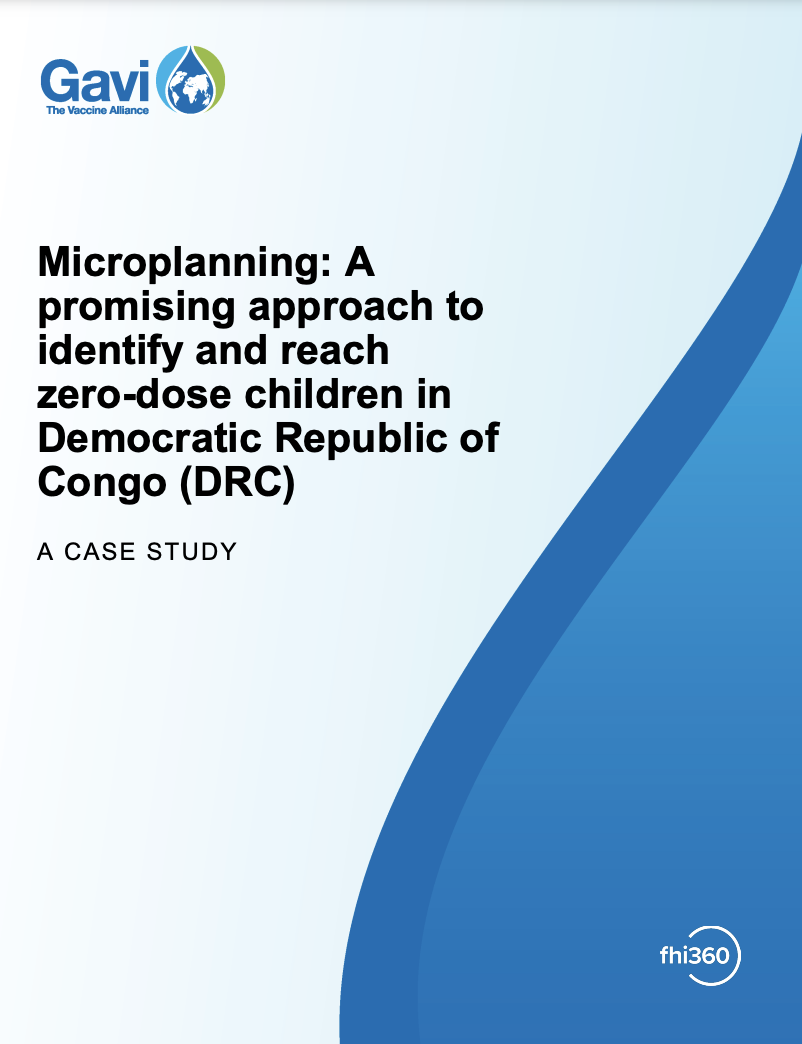GRID3 Mapping for Health
Supported by Gavi through its INFUSE initiative, GRID3 Mapping for Health in the Democratic Republic of the Congo (DRC) is a Ministry of Health initiative, delivered in partnership with Flowminder and the Center for International Earth Science Information Network at Columbia University (CIESIN). The project is a continuation of previous work conducted and/or supported in DRC by the GRID3 programme.
GRID3 Mapping for Health aims to strengthen the effectiveness and equity of vaccination interventions in DRC through timely access to high-resolution geospatial data solutions. The project directly supports DRC’s Mashako Plan goal to boost vaccine coverage by 15% per each targeted province, protecting 220,000 additional children nationally by contributing to more effective and equitable vaccination interventions.
| Authors | Flowminder & CIESIN (GRID3 Mapping for Health) |
|---|



